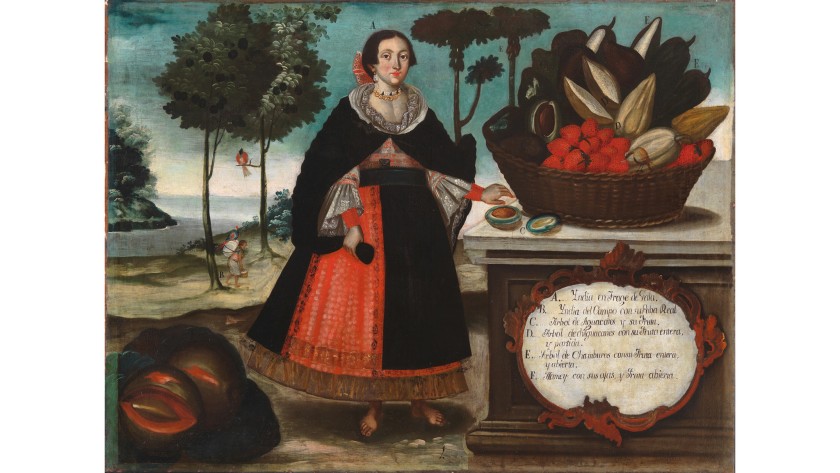Pirates and Food History

This is an interesting write up of the pirate William Dampier and his detailed discussions of food across the world. The great age of piracy, if one can call it that, was part and parcel of a wave of colonization and globalization that bounded labor across the globe for the benefit of European powers. Piracy was a piece of this very messy process that was rather poorly controlled but which ultimately worked wonder for the globally powerful and was disastrous for the less powerful. Naturally enough, food was also part of that globalization process and Dampier was pretty central to it.
While you won’t find flamingos, penguins, or turtles on too many contemporary menus, several contributions from A New Voyage reshaped our modern English food vocabulary.* In the Bay of Panama, Damier wrote of a fruit “as big as a large lemon … [with] skin [like] black bark, and pretty smooth.” Lacking distinct flavor, he wrote, the ripened fruit was “mixed with sugar and lime juice and beaten together [on] a plate.” This was likely the English language’s very first recipe for guacamole. Later, in the Philippines, Dampier noted of young mangoes that locals “cut them in two pieces and pickled them with salt and vinegar, in which they put some cloves of garlic.” This was the English language’s first recipe for mango chutney. His use of the terms “chopsticks,” “barbecue,” “cashew,” “kumquat,” “tortilla,” and “soy sauce” were also the first of their kind.
One entry, however, would have dire consequences for the Crown and one unfortunate crew in the South Pacific. Dampier wrote passionately of a Tahitian fruit: “When [it] is ripe it is yellow and soft; and the taste is delicious … The inside is soft, tender, and white, like the crumb of a pennyloaf.” He and his men dubbed it breadfruit. For British sugar planters of the West Indies, who struggled to feed their slaves on small plots of land, these broad-branched, fast-growing, nutritious fruits, which required little cultivation and stood up to hurricane winds, rang of an ideal solution. Dampier unknowingly sold the British on breadfruit, which served as the impetus for a British mission to bring a thousand potted breadfruit trees from the South Pacific around the Horn of Africa to the West Indies. With the ship retrofitted to shelter the saplings, the miserably crammed and mistreated crew mutinied, leading to the fiasco, book, and film that came to be known as the Mutiny on the Bounty.


